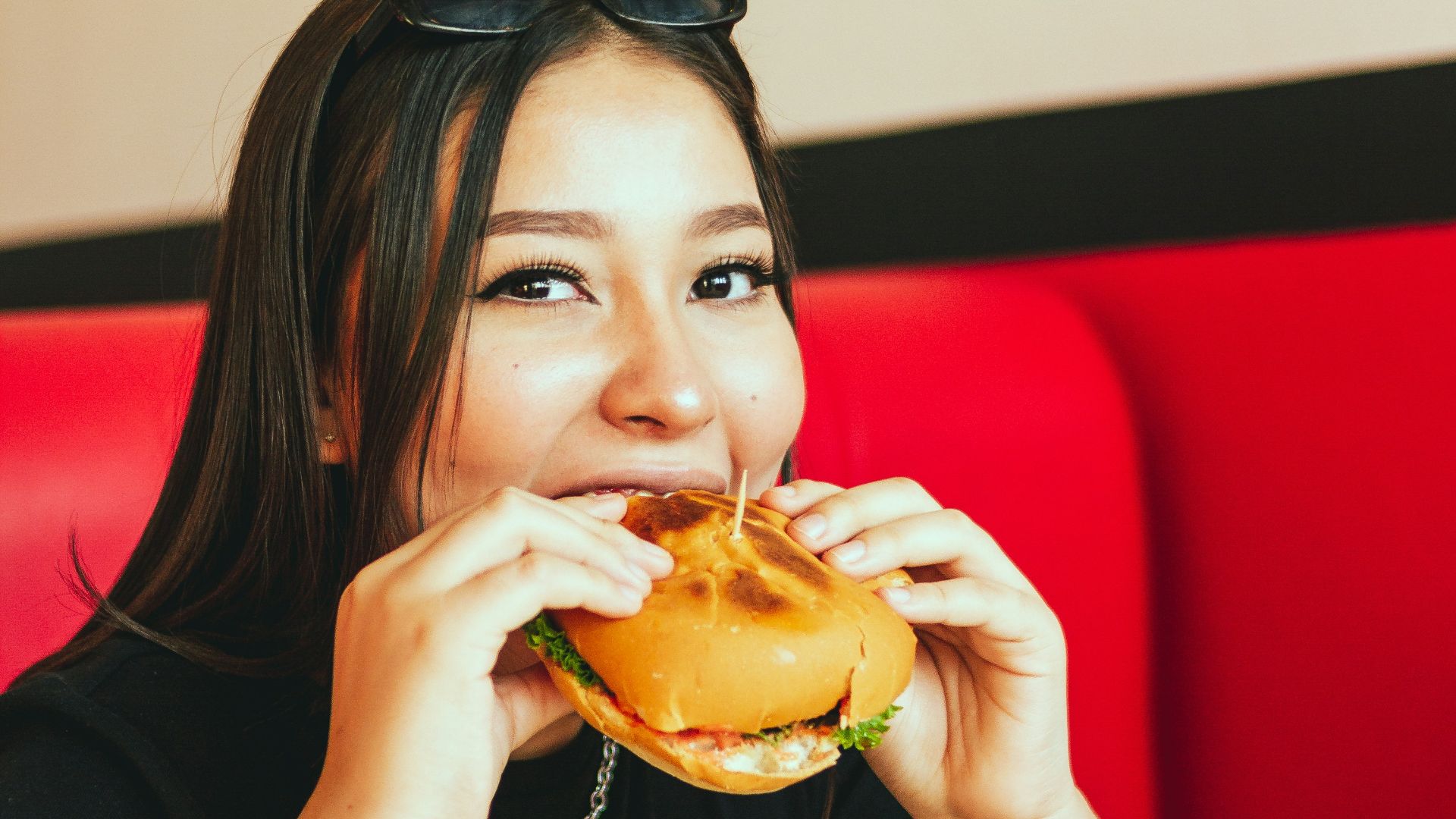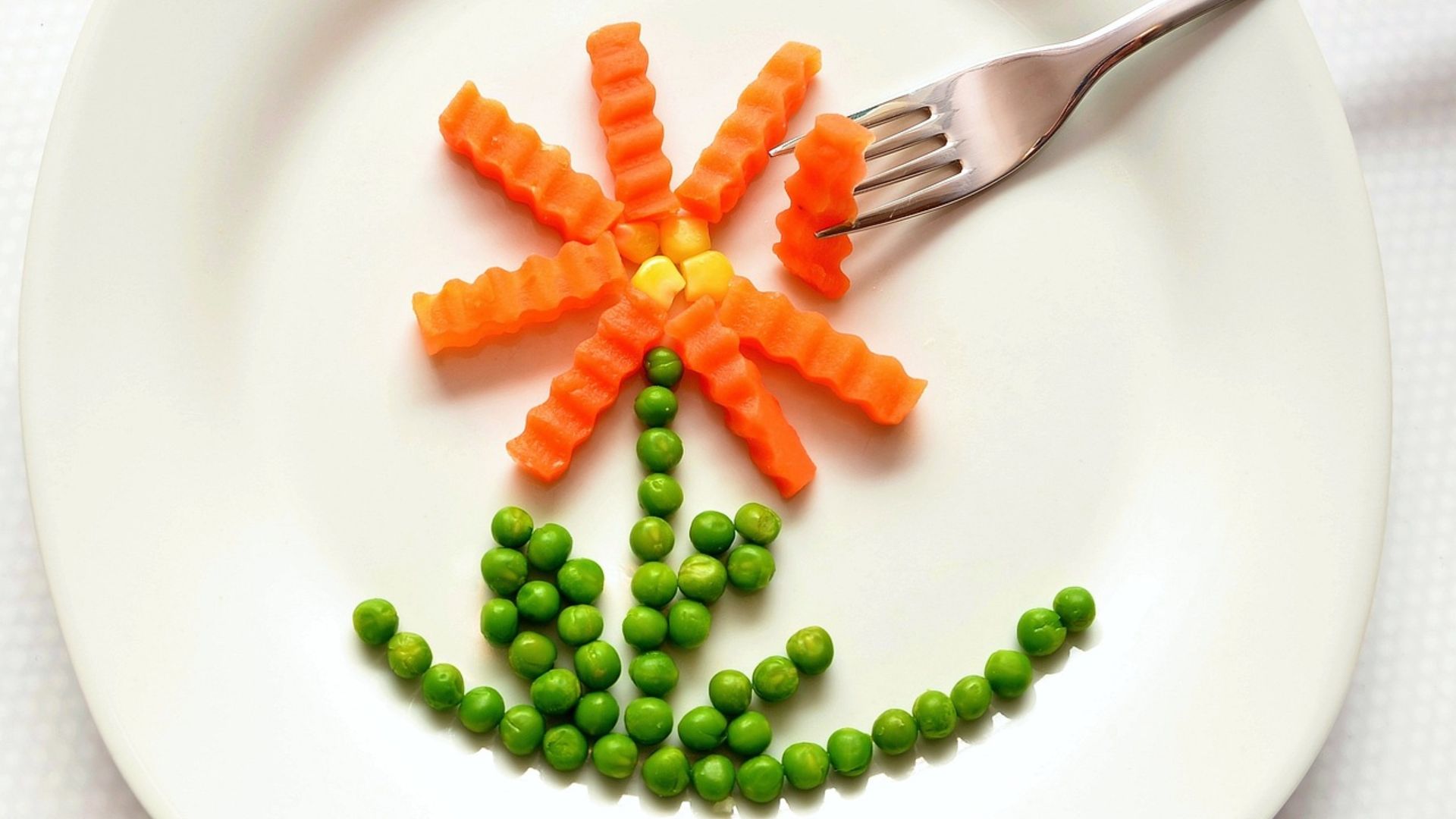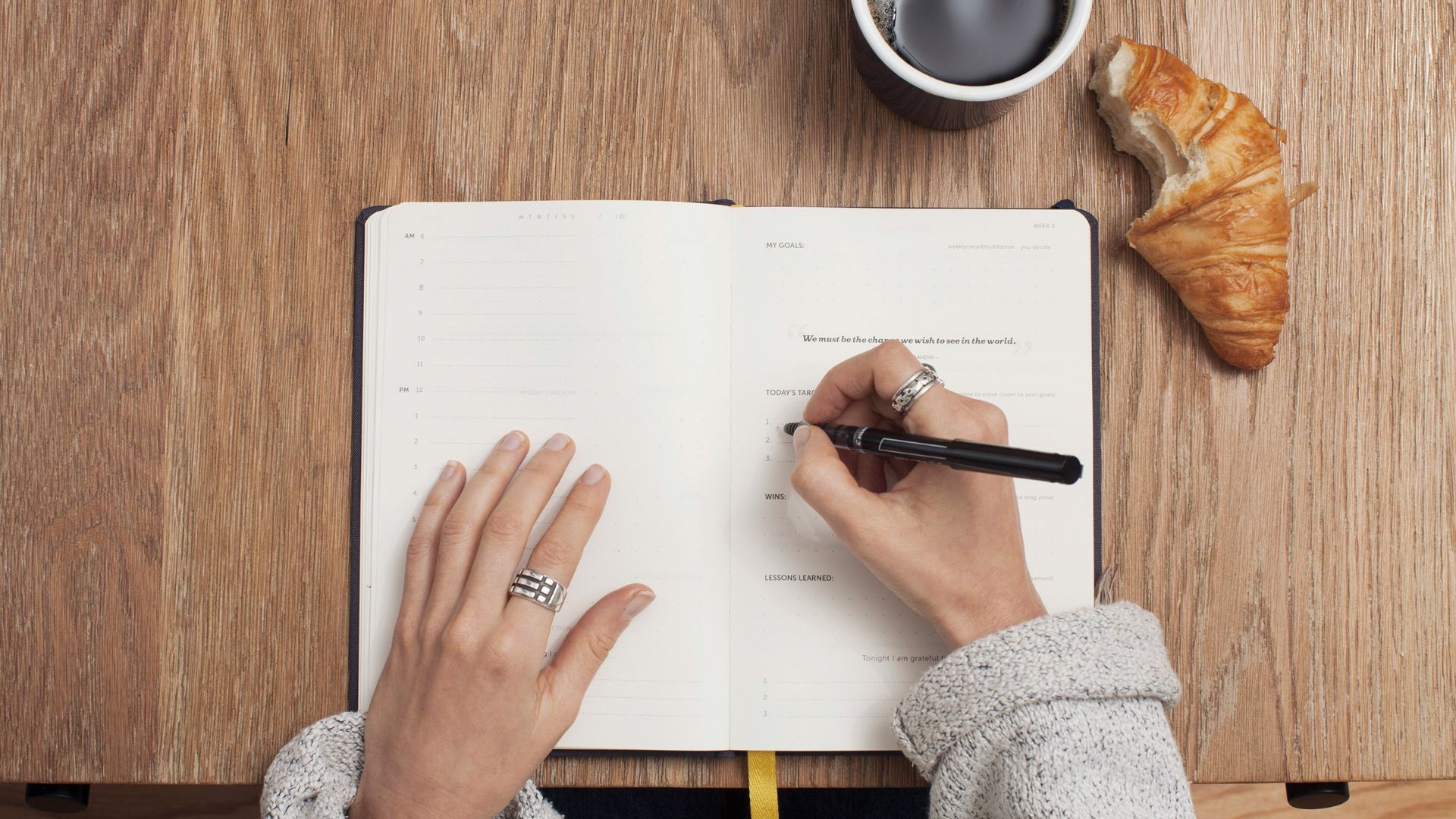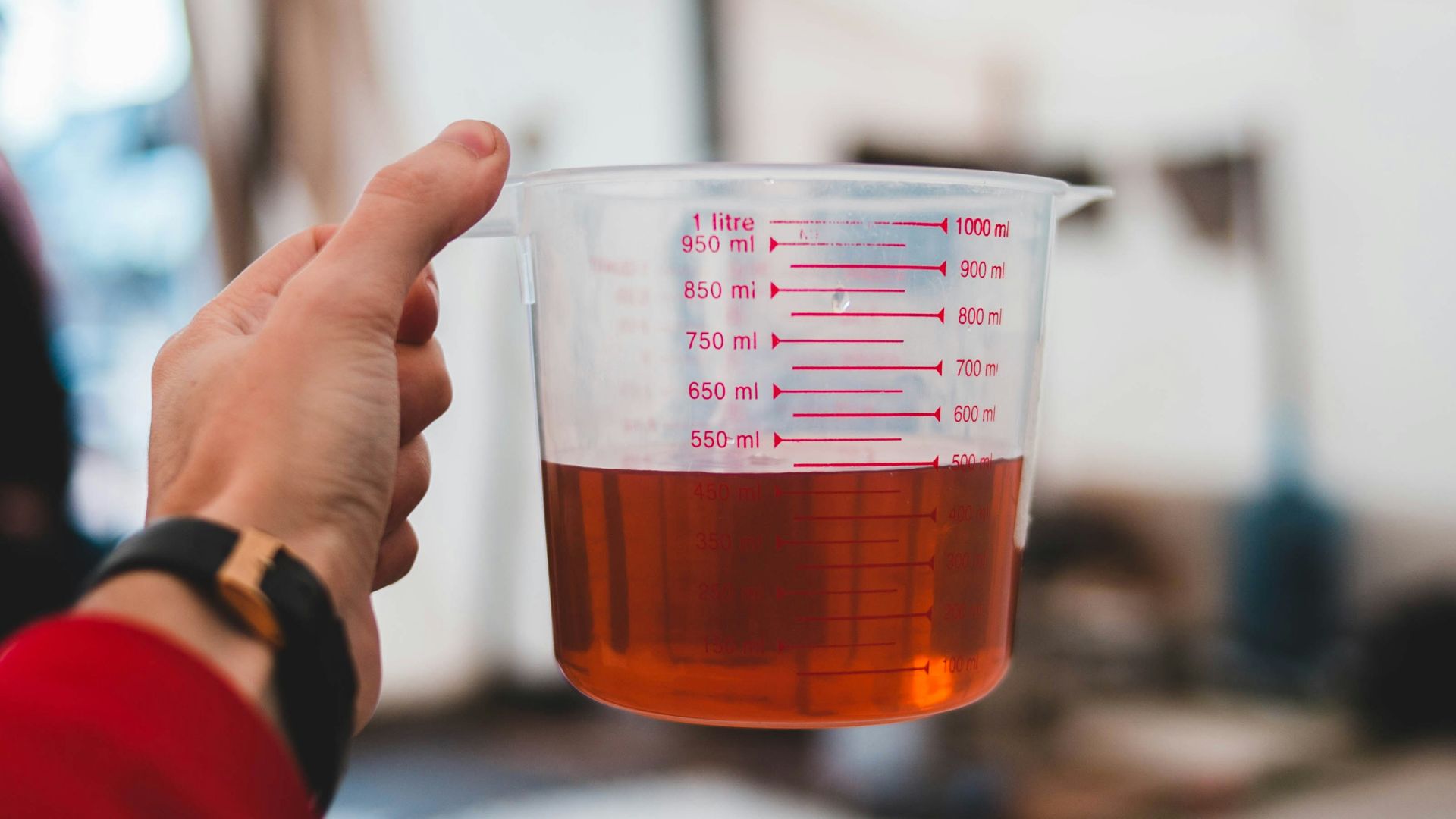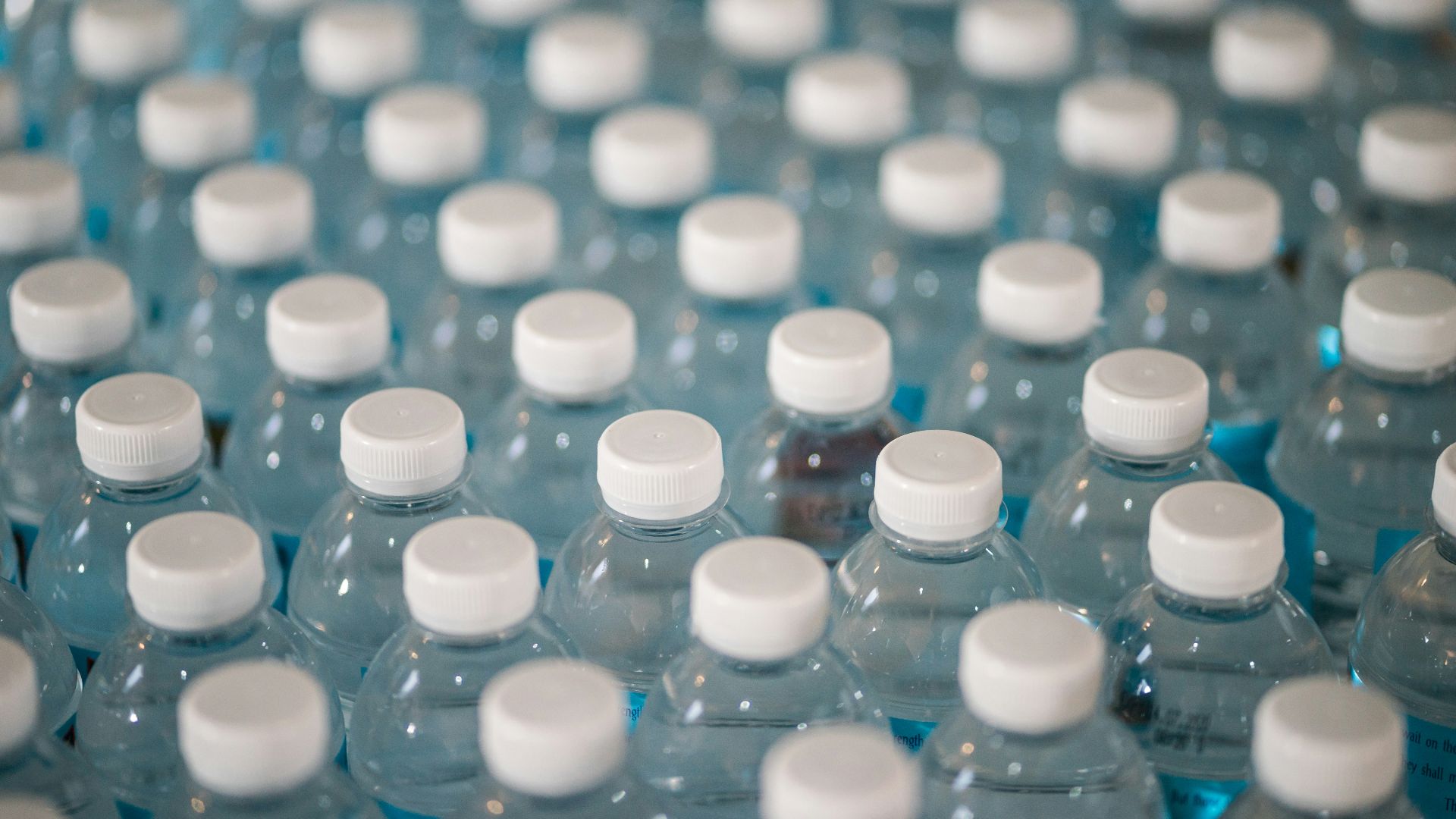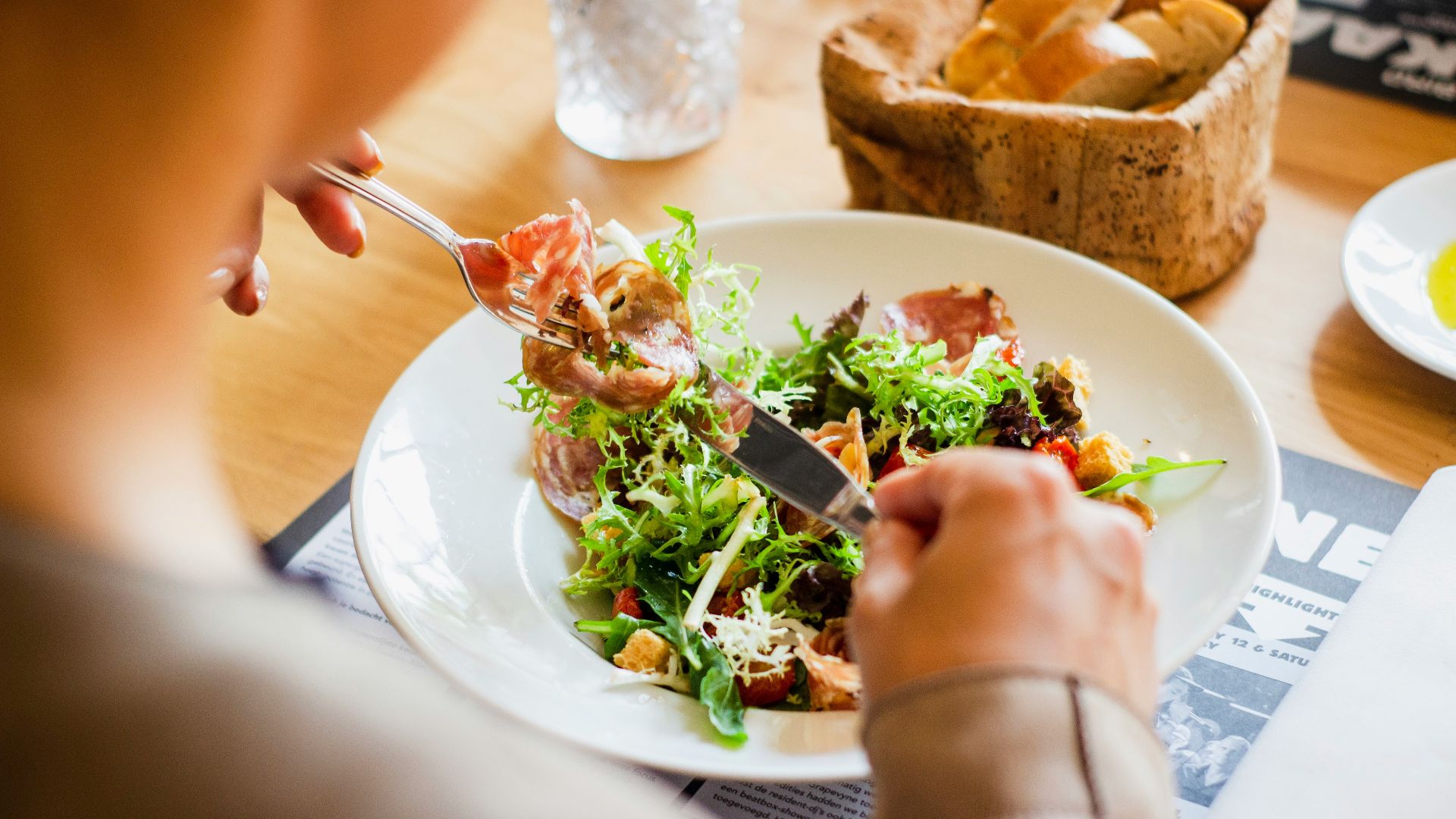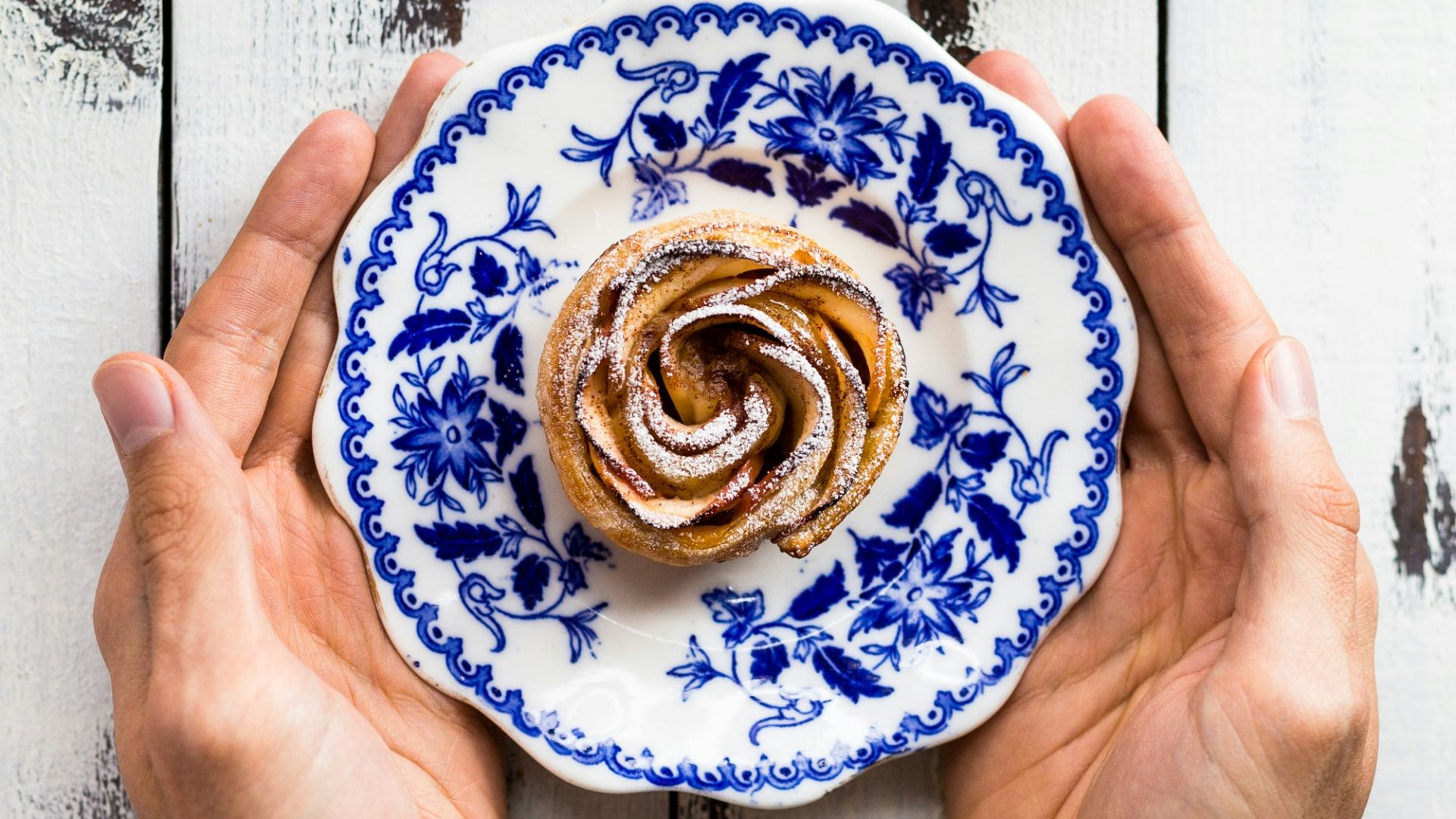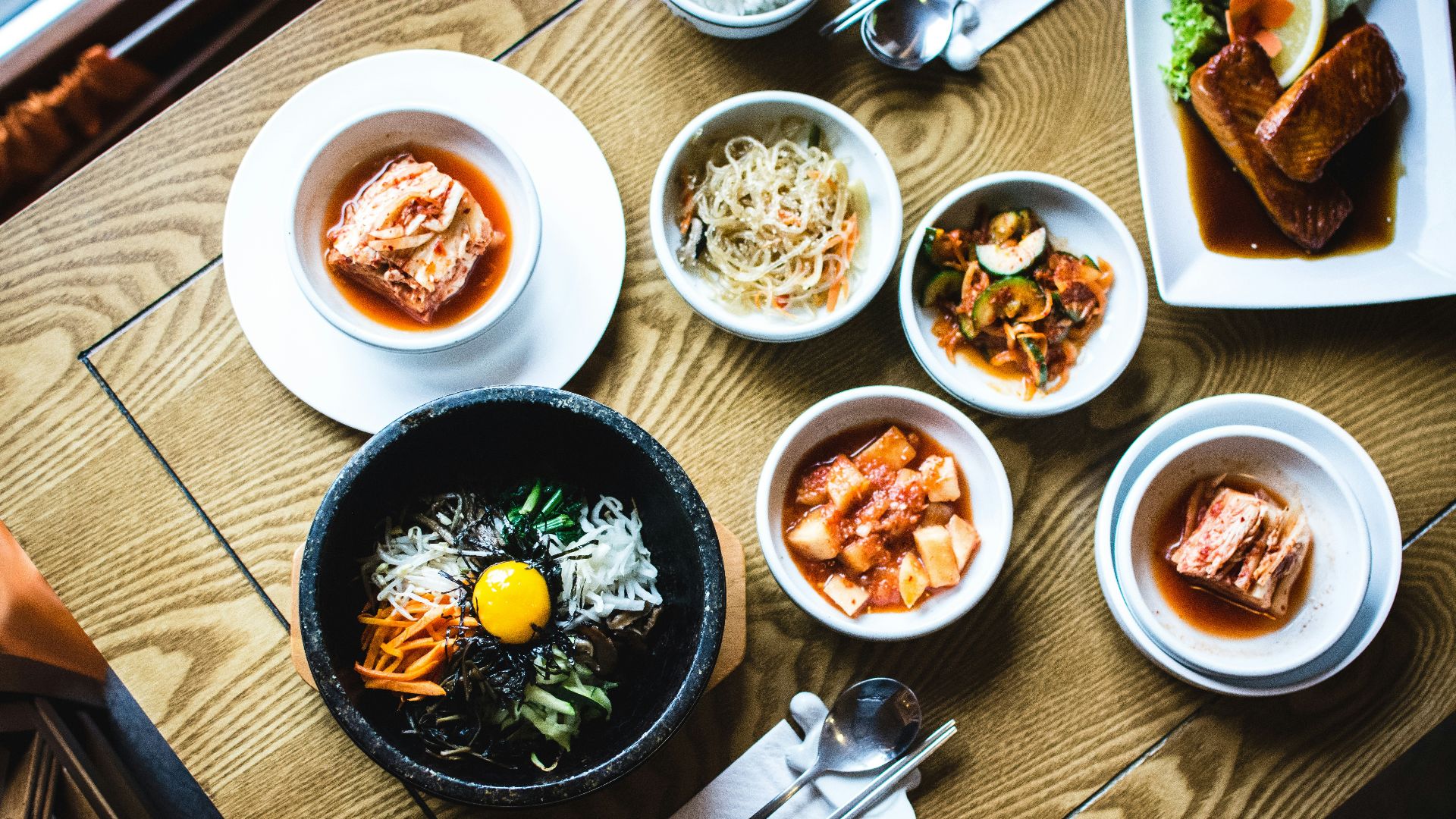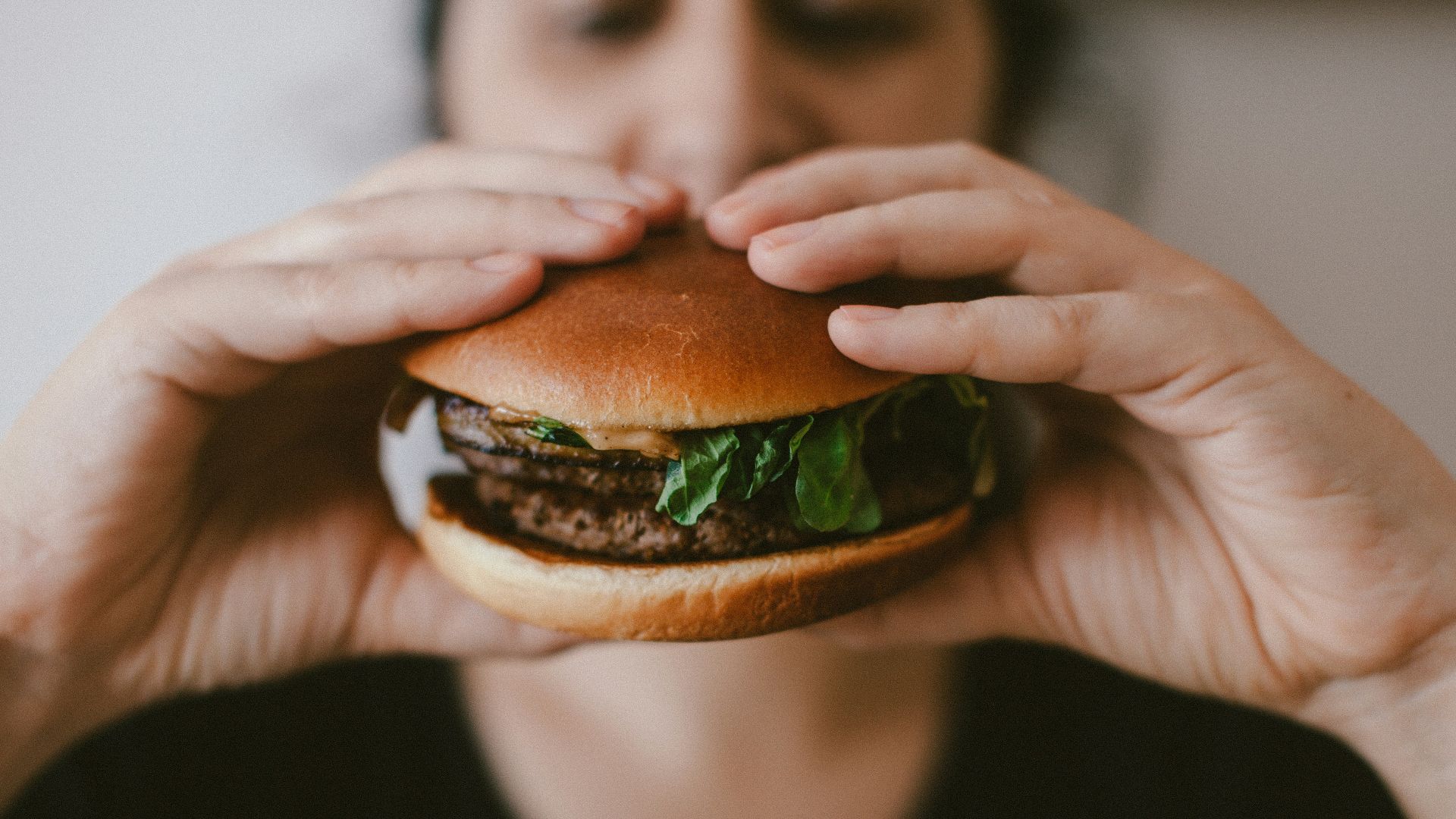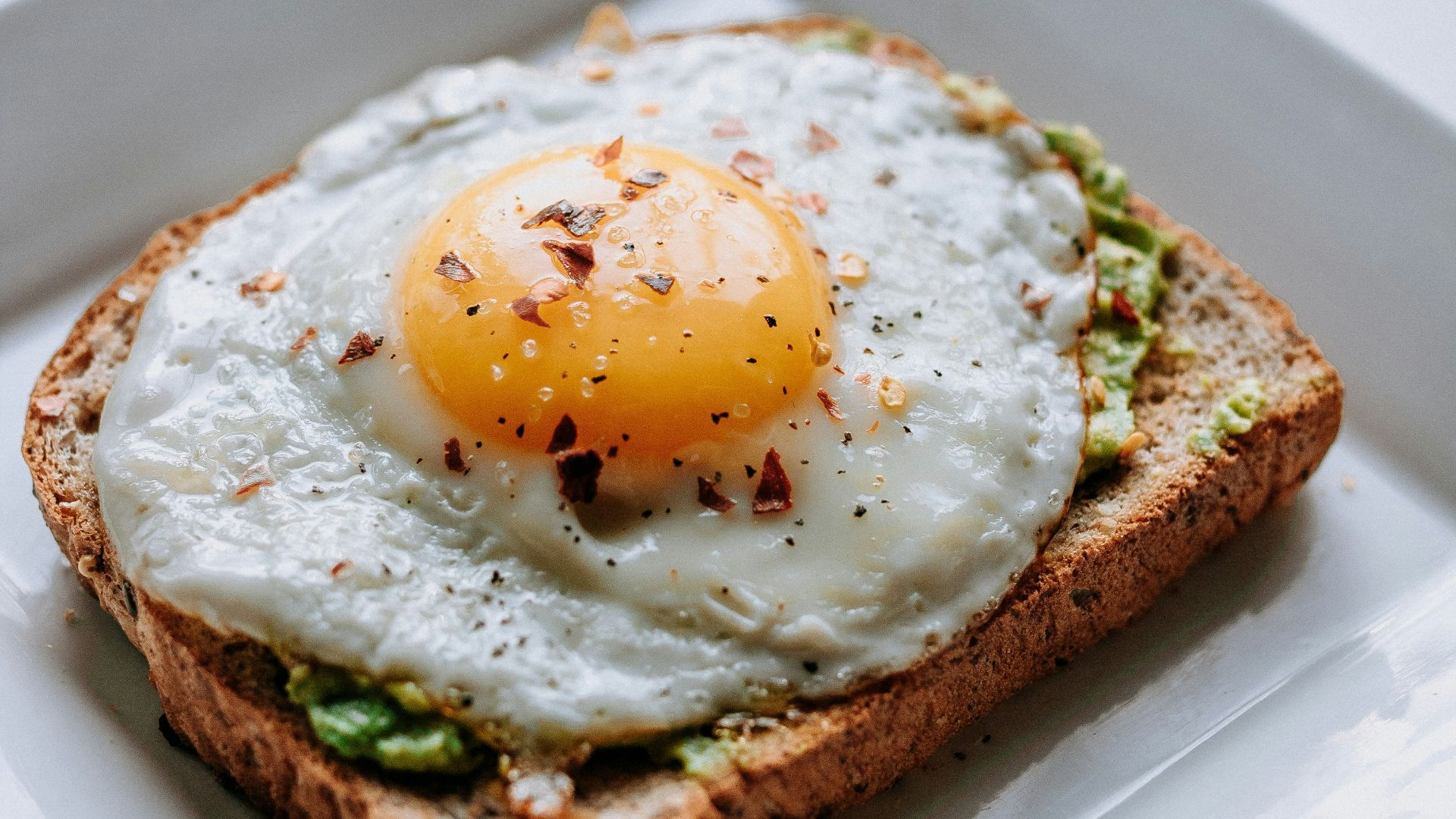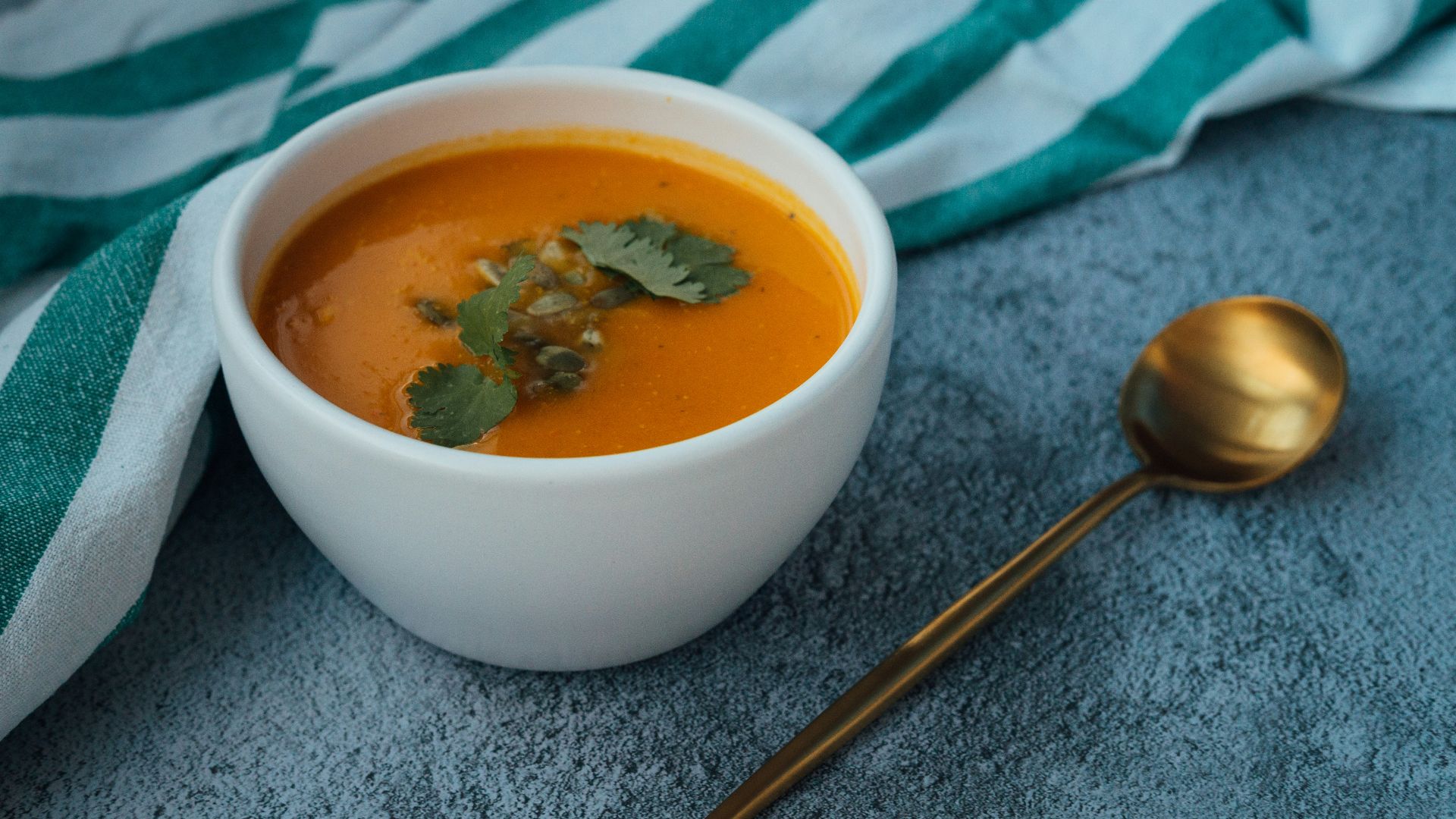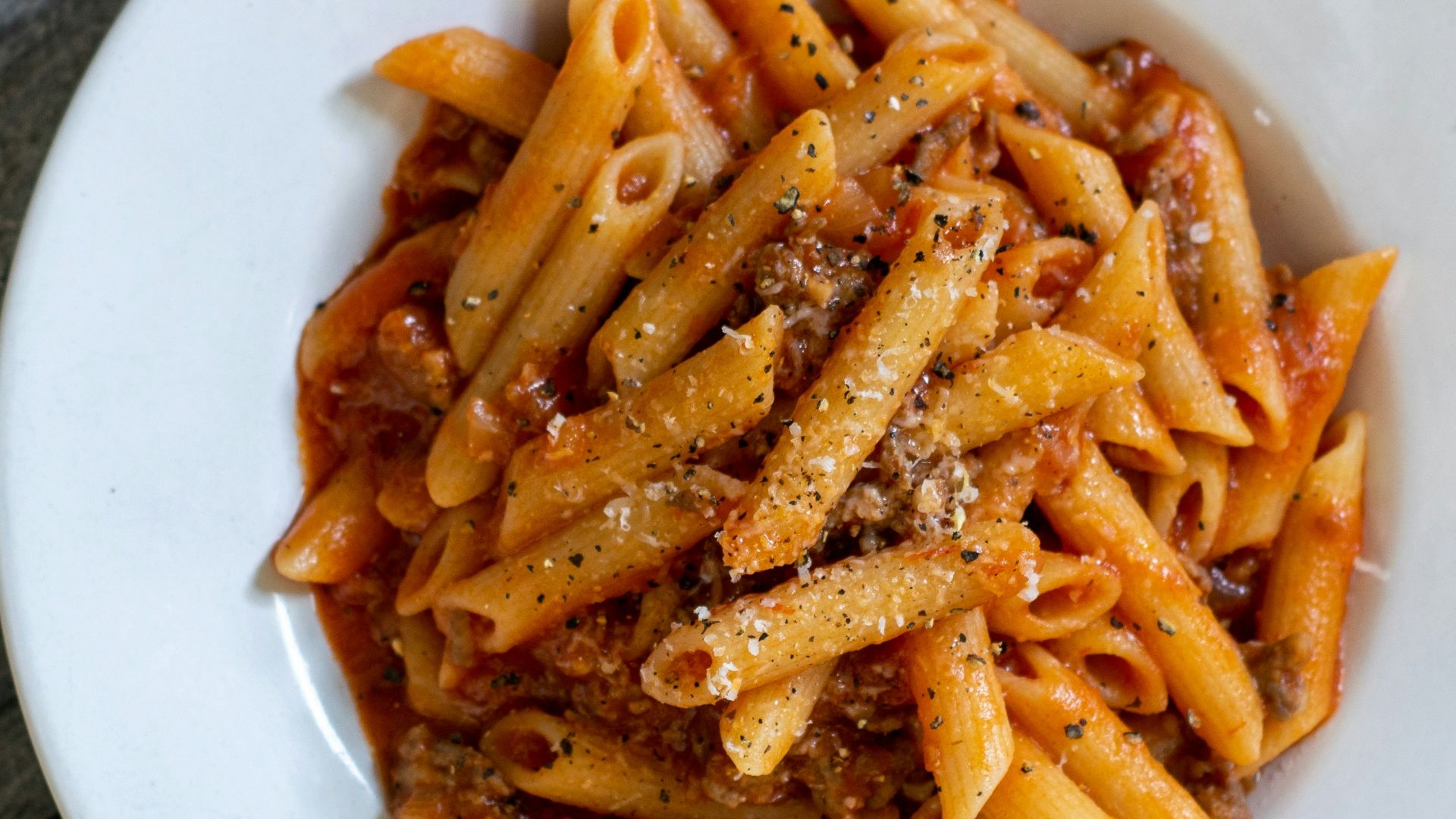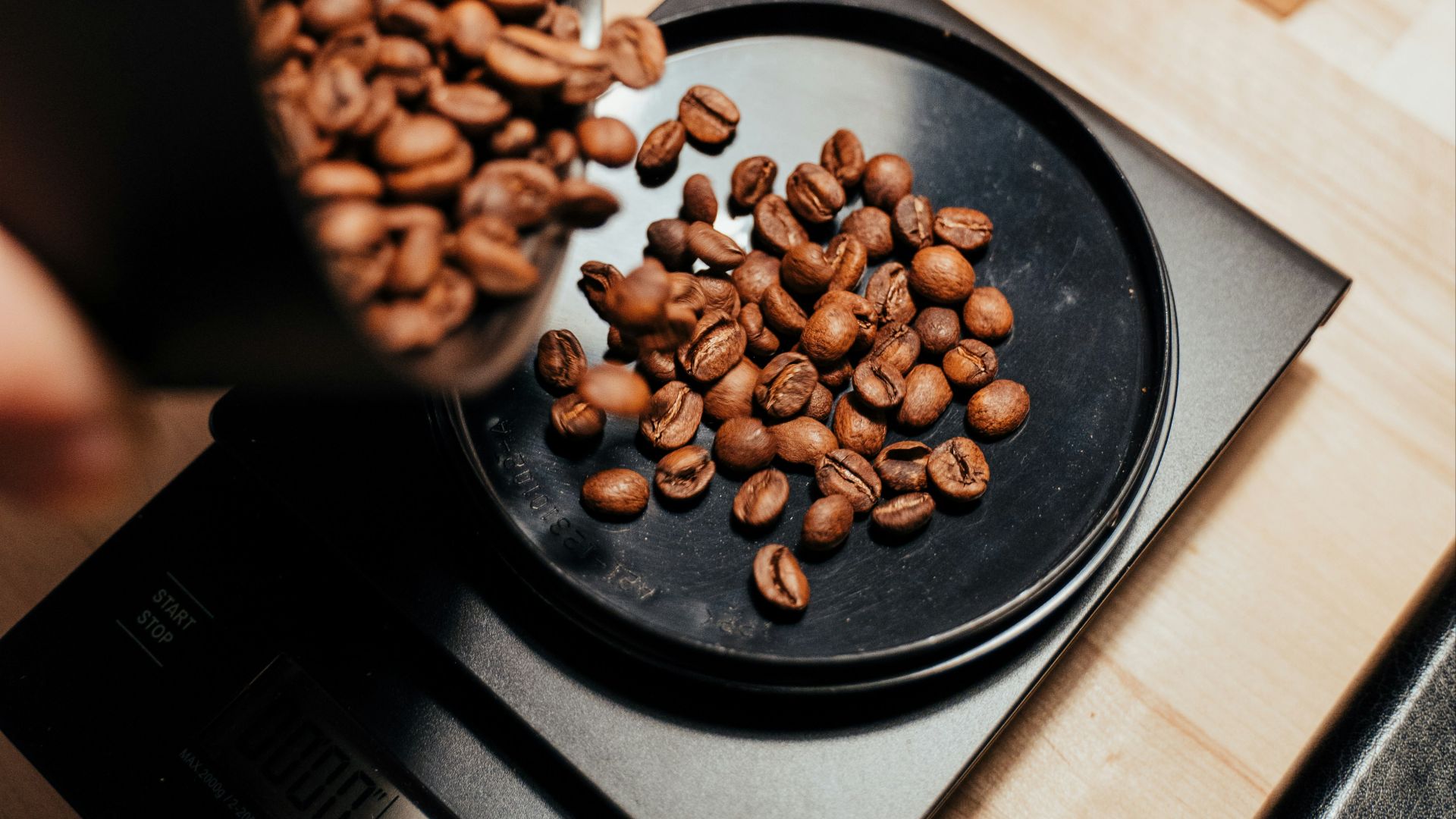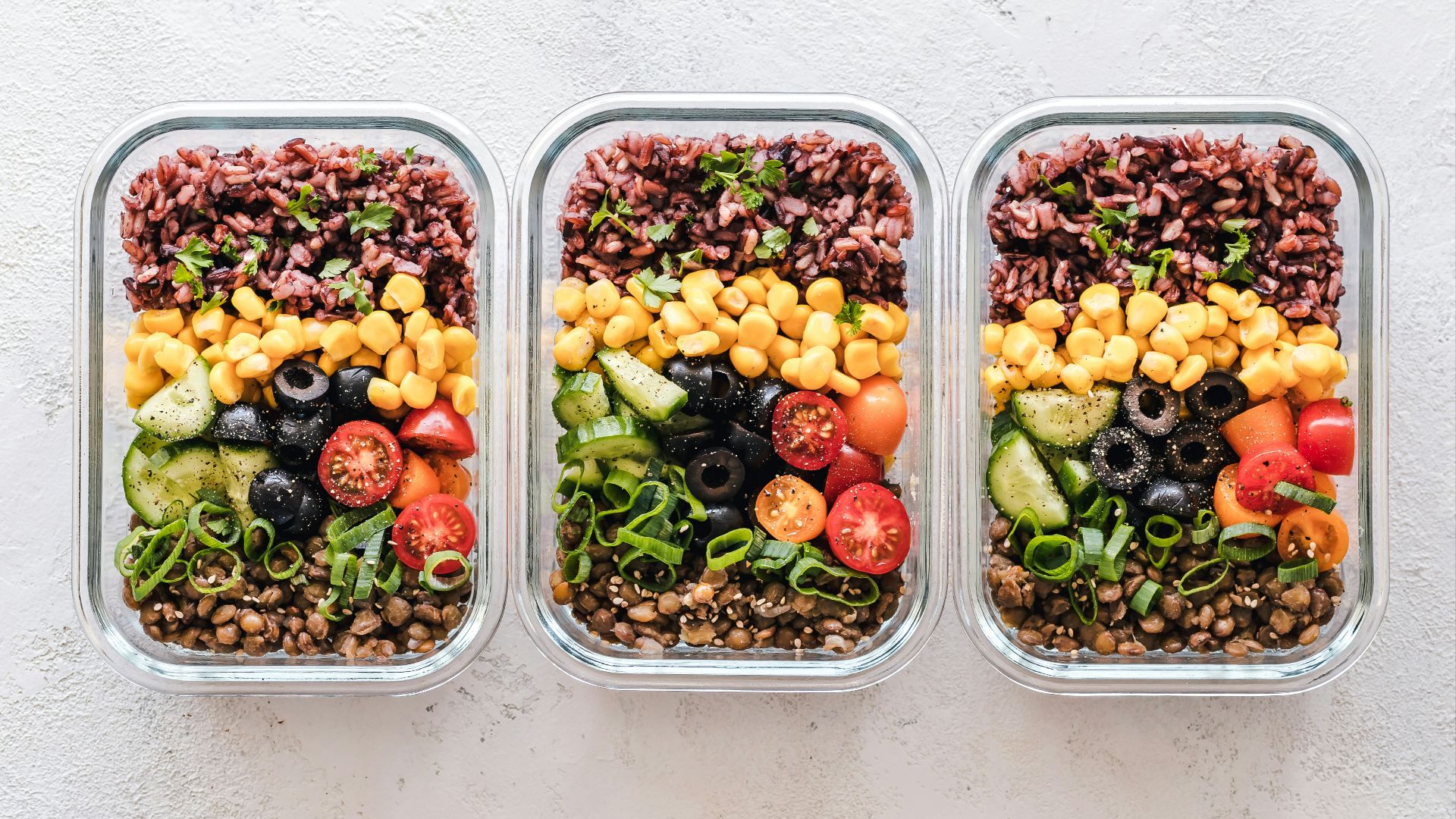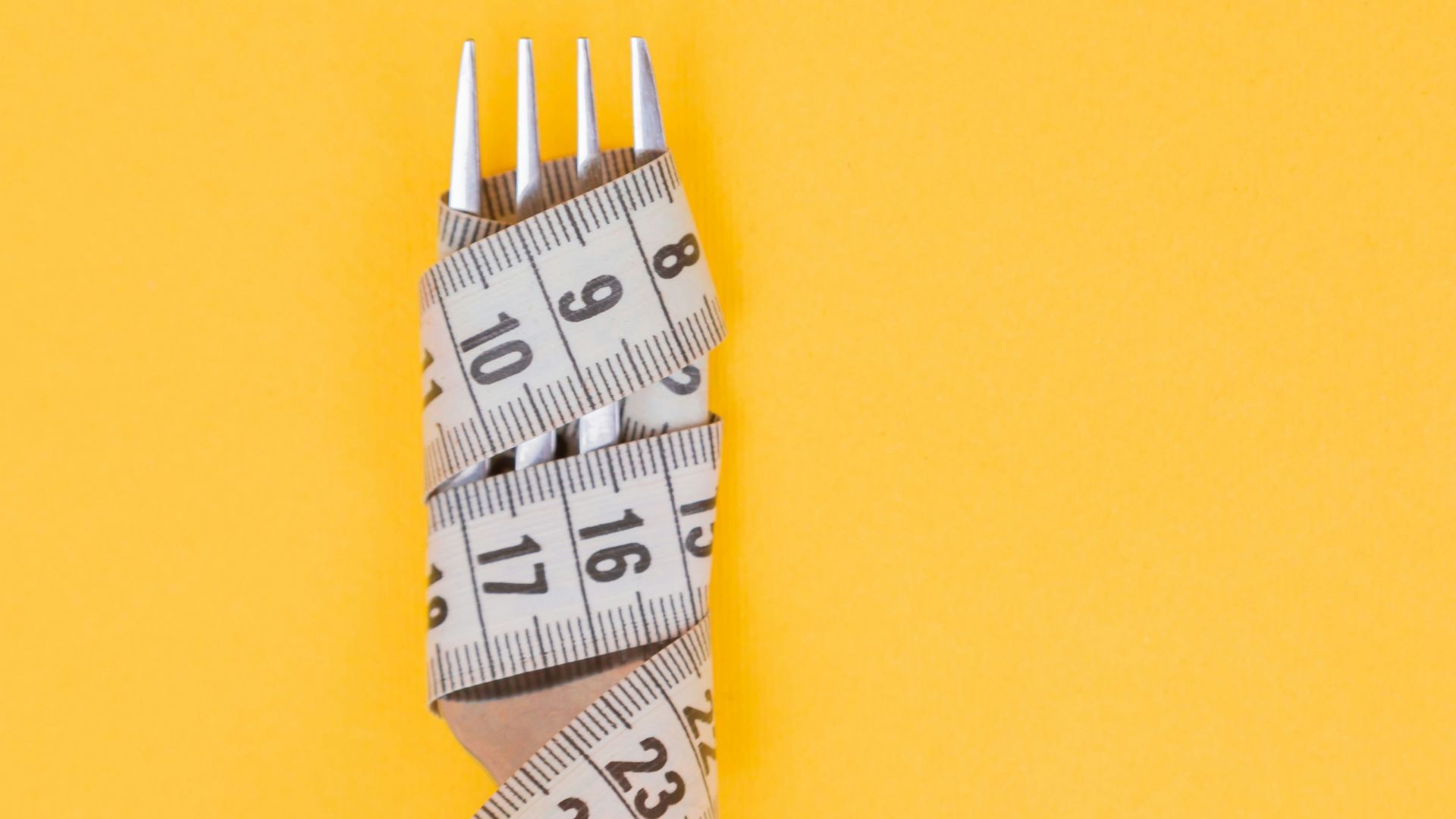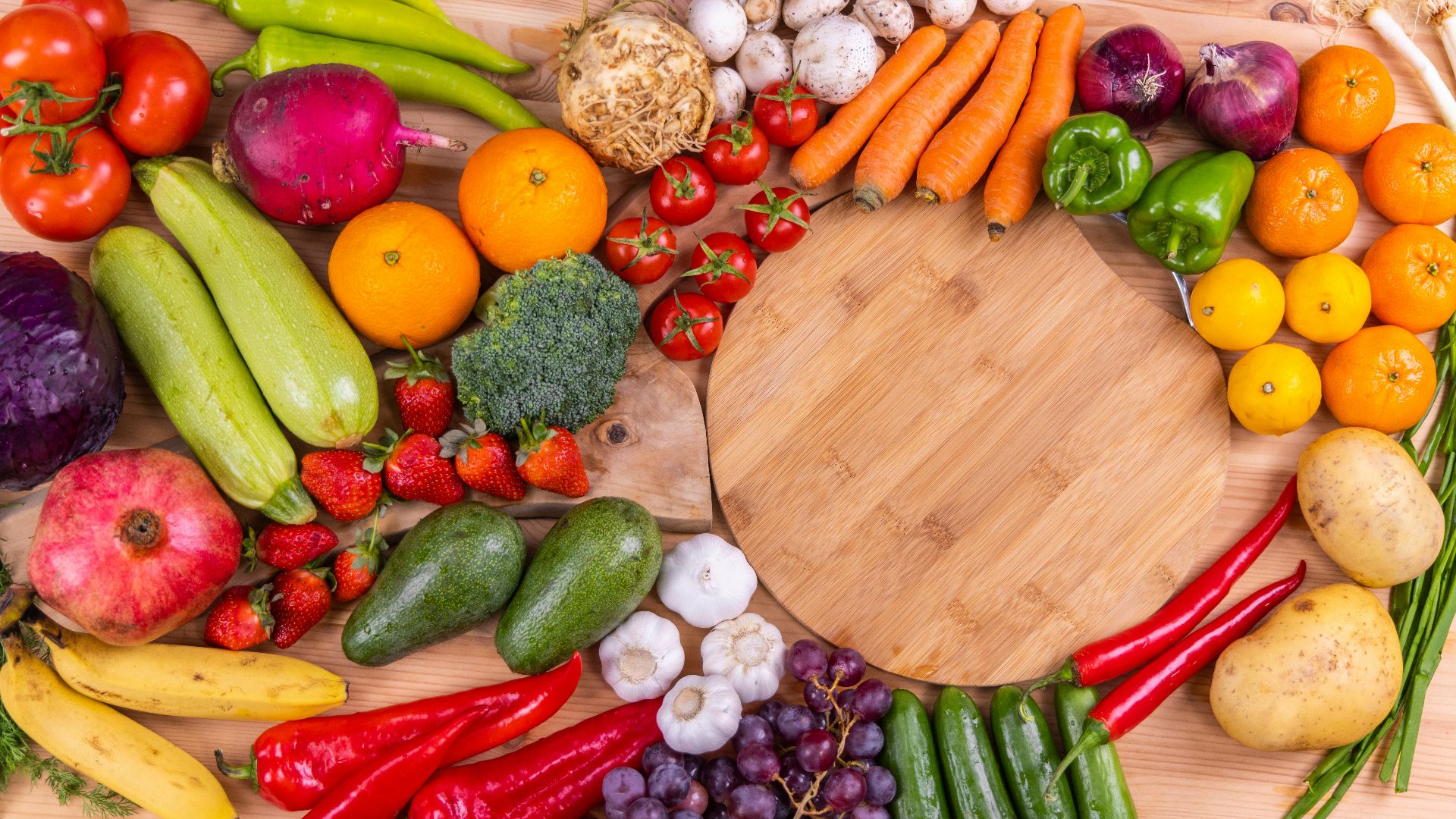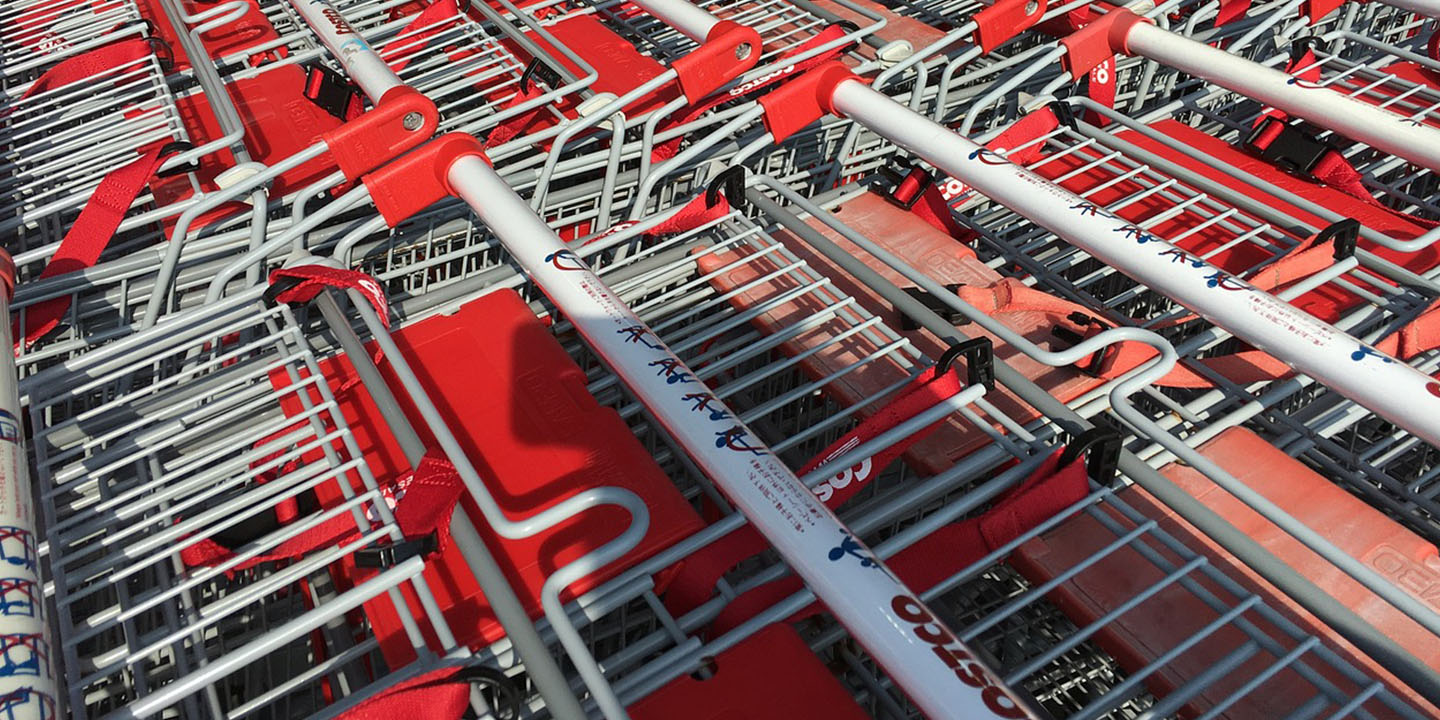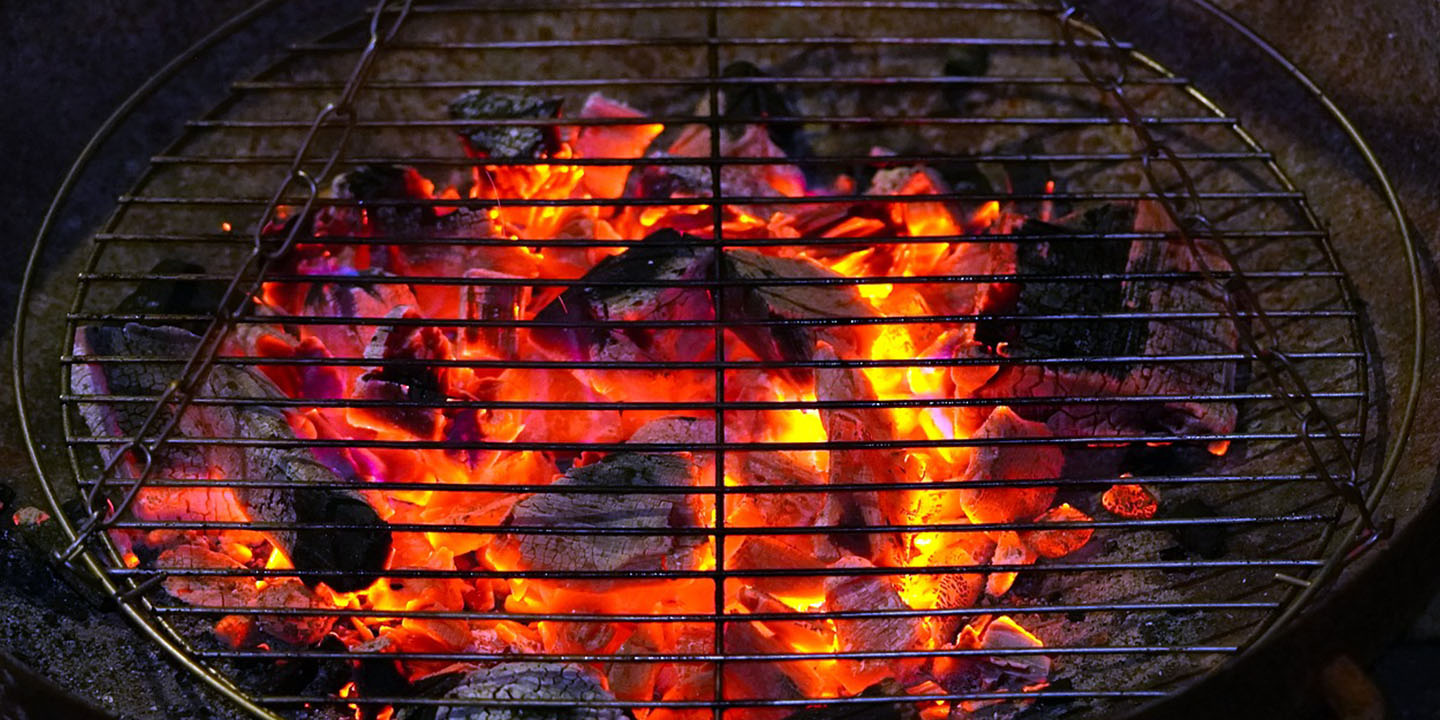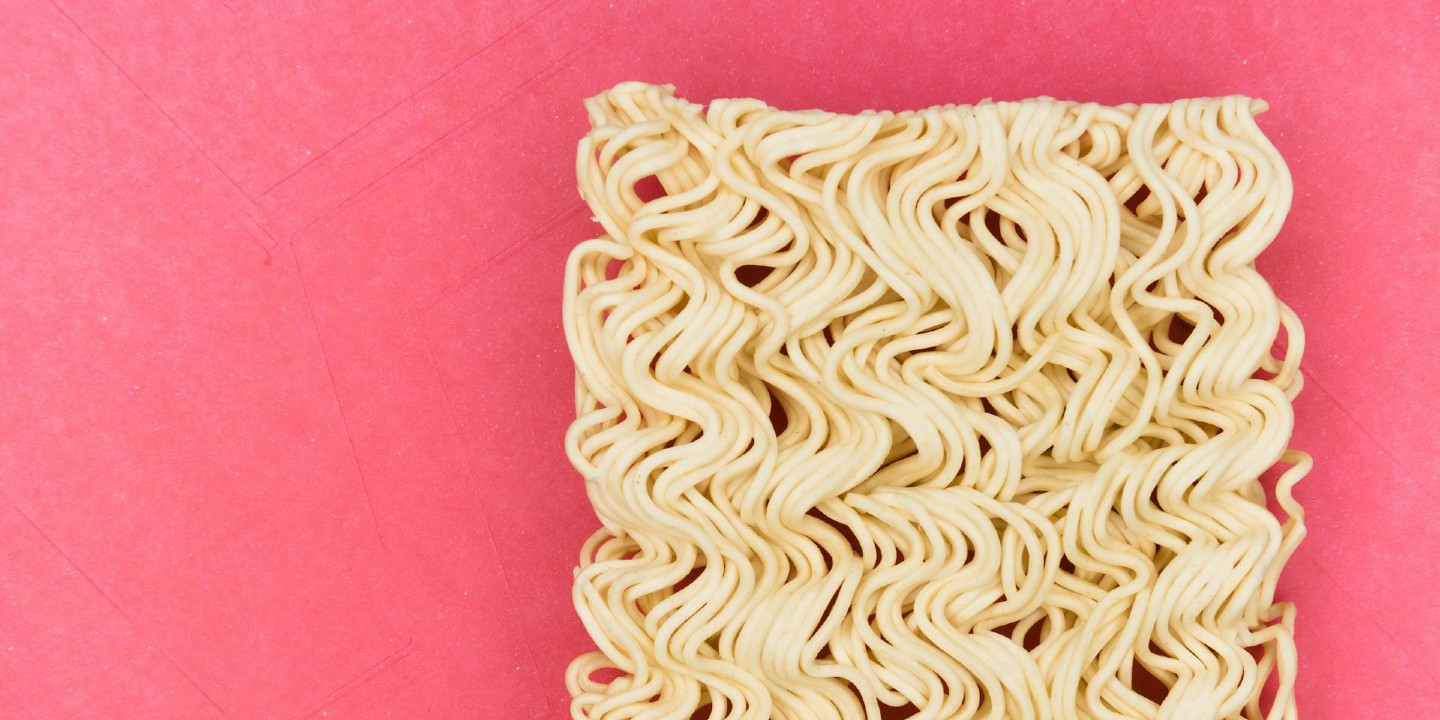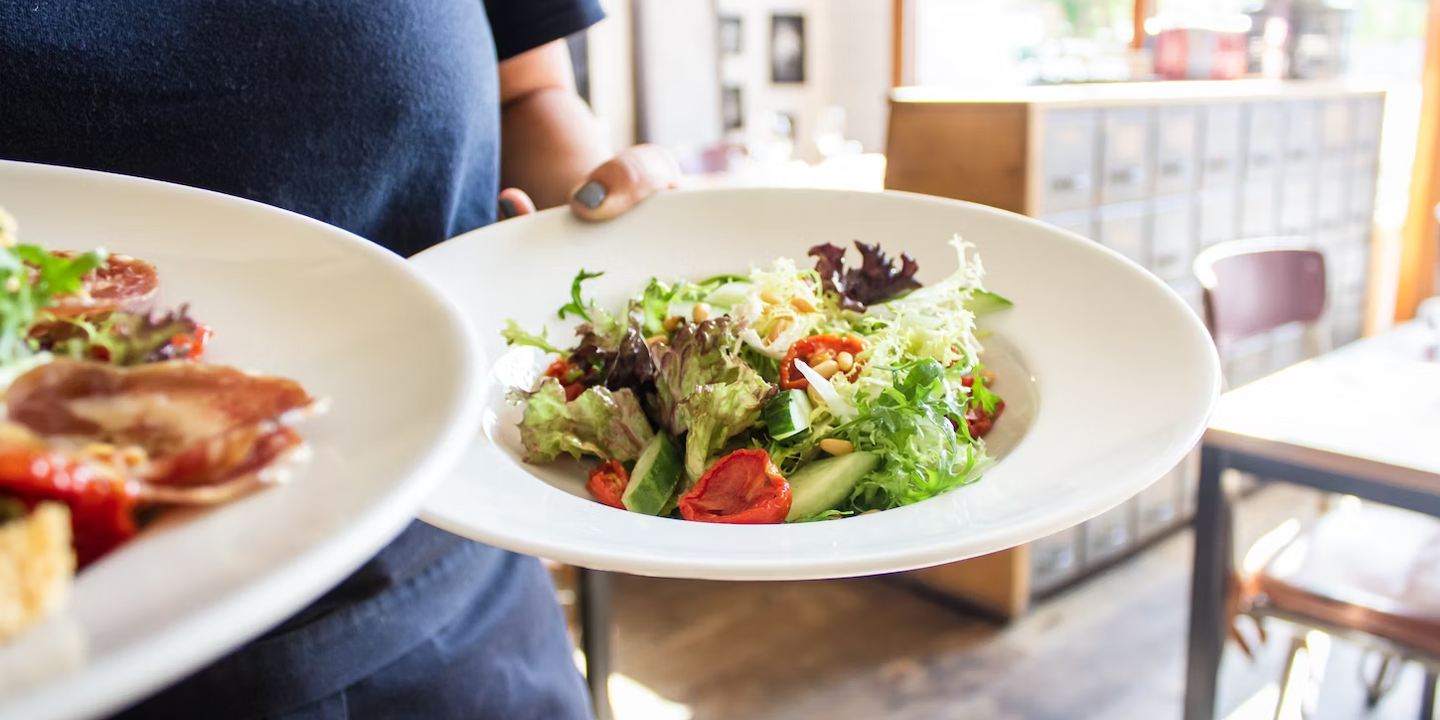Easy Ways to Get on the Right Track
Portion control isn’t always easy, but that doesn’t mean it can beat you! With a little bit of meal prep and a few measuring cups, you’ll tackle serving sizes in no time. Here are 20 simple ways to get started.
1. Use Smaller Plates
Studies show that smaller dinnerware can encourage better portion control; everything from smaller plates to utensils curbs our need to stock up on dinner. Appropriate serving sizes may also look underwhelming on full-sized plates, which can trick us into thinking we’ve been cheated—reducing the size reduces our cravings!
2. Keep a Food Journal
Food journals are a rude slap in the face, but they’re necessary for weight loss and portion control. There’s no hiding from calories when you literally spell them out in front of you. It might be a shock at first but those pages provide all the insight you need to make healthy changes.
3. Use Measuring Cups
Measuring food portions sounds strange if you’ve never done it before, but it’s one of the smartest ways to ensure proper portion control. The good news is that you don’t need to do it forever either—you can measure servings until you learn the right portions going forward. If nothing else, measurements put food into perspective.
4. Have Some Water First
Hydration is important. Portion control is important. So, why not combine the two? Indulge in a nice glass of water before mealtimes. You’ll fill your belly with something healthy and won’t feel a need for seconds.
5. Eat Slowly
There’s no better place to slow down than at the dinner table. Meals are meant to be enjoyed, not wolfed down, and taking the time to appreciate them ensures you won’t overload. Try putting your fork down between bites and don’t forget to drink water throughout.
6. Portion Control Plates
Not everyone wants to reach for a measuring cup before dinner—not a problem! Invest in portion control plates to learn more about healthy servings. The common breakdown is: half a plate of vegetables, a quarter plate of protein, and a quarter plate of carbs. We know they look like kiddie plates, but they’re actually incredibly useful demonstrations.
7. Ask for Less Food
Asking for less isn’t always easy, especially in restaurants. However, simple choices help portion control. Ask your waiter to forgo baskets of bread before dinner. Don’t order appetizers. Swap out unhealthy sides with something a little lighter. You can also ditch buffets for a while.
8. Don’t Eat From the Container
We’ve all fallen prey to this trap. “I don’t need a bowl, I’ll just eyeball my serving size!” The next thing you know, that entire bag of chips is gone. It takes no time to pour out a proper serving, so try not to eat out of the bag.
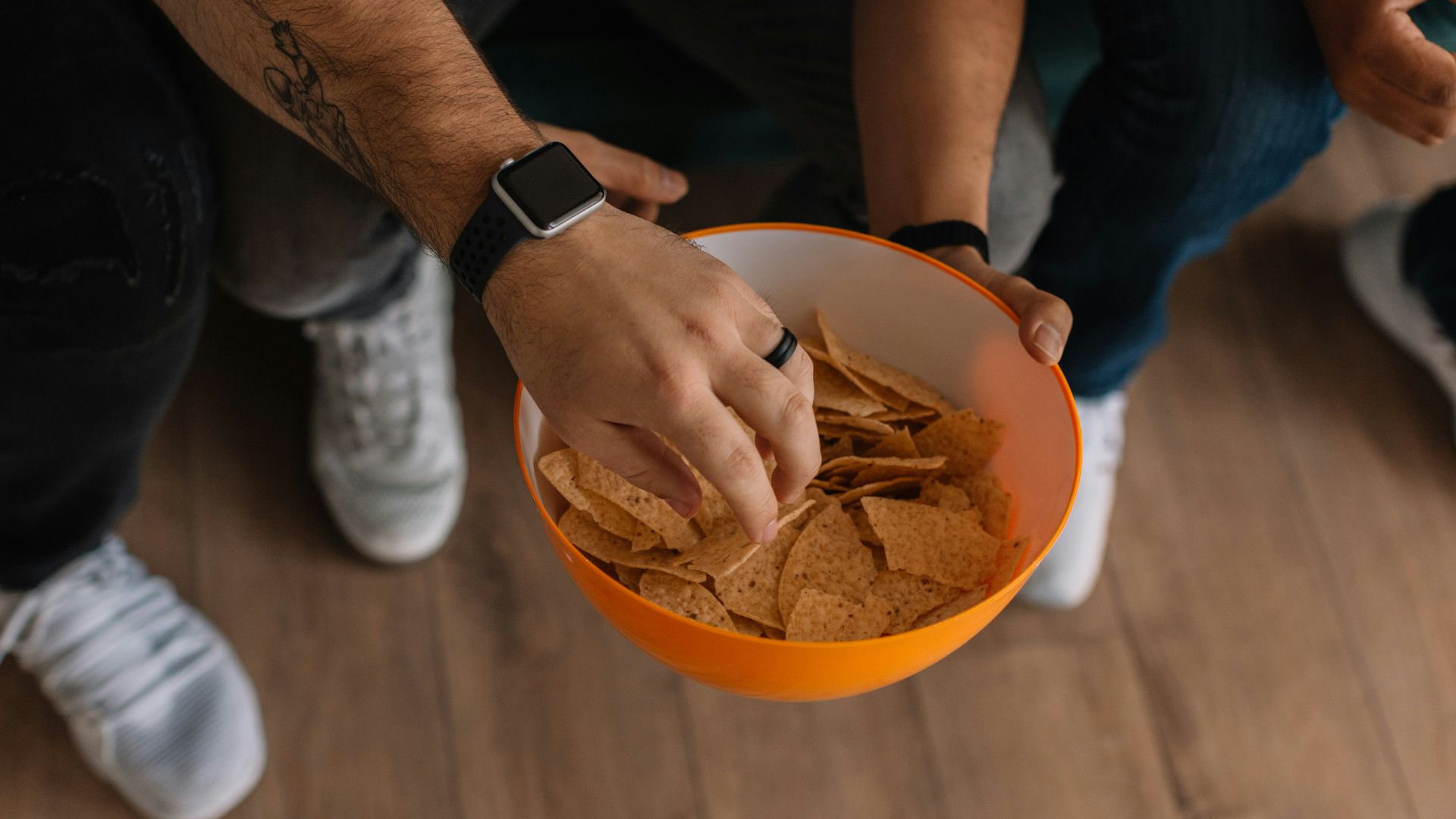 Phillip Goldsberry on Unsplash
Phillip Goldsberry on Unsplash
9. Practice Mindful Eating
Mindful eating is more than just chewing slowly. It’s about learning your body’s hunger signals and engaging all your senses at the table. Other easy practices are to take smaller bites, sit down to eat, and stop eating when you’re full.
10. Indulge in Foods That Keep You Full
Portion control and healthy eating are lifestyle changes, not quick fixes, so it’s important to educate yourself as well. Learning what foods keep you full (eggs, beans, nuts, and fish) guarantees a better diet and a fuller tummy. You won’t reach for those snacks when you’re already full!
11. Try Healthy Appetizers
You don’t need to swear off restaurants—but you should consider healthier alternatives. Instead of mozza sticks before dinner, ask for soup or a garden salad. You’ll still get your money’s worth but you won’t fill up on a greasy, fatty app before a big meal.
12. Grab Smaller Portions
You can’t always grab a smaller portion control plate, especially in a restaurant. What you can do, though, is steer clear of large portions of food. Avoid any “family-size” servings and opt instead for the regular ones.
13. Put Those Screens Away
Eating in front of the TV is a common activity, but it’s also a giant distraction. Phones and televisions pull out focus from food, and studies show that screens during mealtime lead to more consumed calories. Part of mindful eating is engaging all your senses to help you slow down, so tuck those phones away.
14. Consider Weighing Your Food
Break out the scale—it’s time to measure your portions! While this doesn’t have to be forever, weighing food does help us visualize proper portions and put our eating habits into perspective.
15. Invest in Meal Prep
How often do you order lunch or have a quick bag of chips when there’s no actual meal available? There’s a reason so many dieticians vouch for meal prep; it saves you time, encourages you to eat healthier food, and keeps better options in front of you.
16. Measure With Your Hands
If you don’t want to break out the scale before every meal, you can always use your hands for portion control. Rough estimates vary, but it’s believed that two palmfuls of veggies and an entire handful (fingers to palm) of fish or chicken is healthy. As for the unhealthier stuff, a fingerpad of butter and a palmful of carbs usually gets the job done. Pop open an online guide so you’ll always have the information ready.
17. Wait Before Seconds
Studies have shown that it takes about twenty minutes for food to settle—so wait before reaching for seconds. When you give yourself a chance to digest, you’ll likely find that you were fuller than you thought.
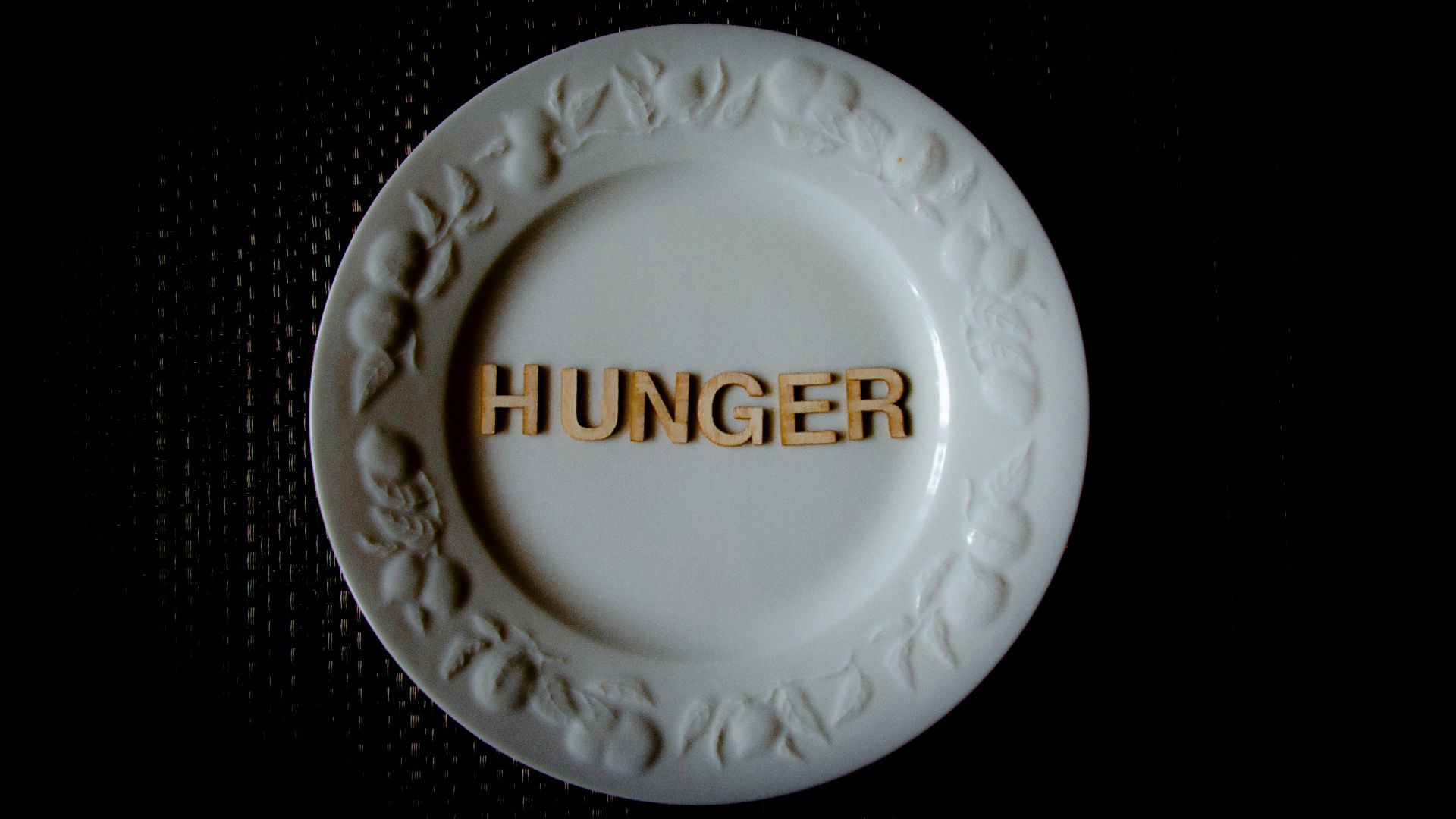 Siegfried Poepperl on Unsplash
Siegfried Poepperl on Unsplash
18. Keep Practicing
Healthy diets and exercise are lifestyle changes, and they won’t happen overnight. They also require due diligence in the beginning to get your mind and body used to the changes. It’s important to stay on top of your portions!
19. Reach for Those Veggies
Who said you couldn’t fill your plate? Remember: it’s not always about how full your plate is, but what you fill it with instead. Leave plenty of room for vegetables so you’re not tempted to stock up on high-fat foods.
20. Don’t Restrict Yourself
Fad diets and restrictive mindsets are more of a hindrance than a help. Don’t talk yourself out of any specific foods unless a doctor recommends otherwise. It’s all about finding a healthy, moderate balance with the foods you love.


